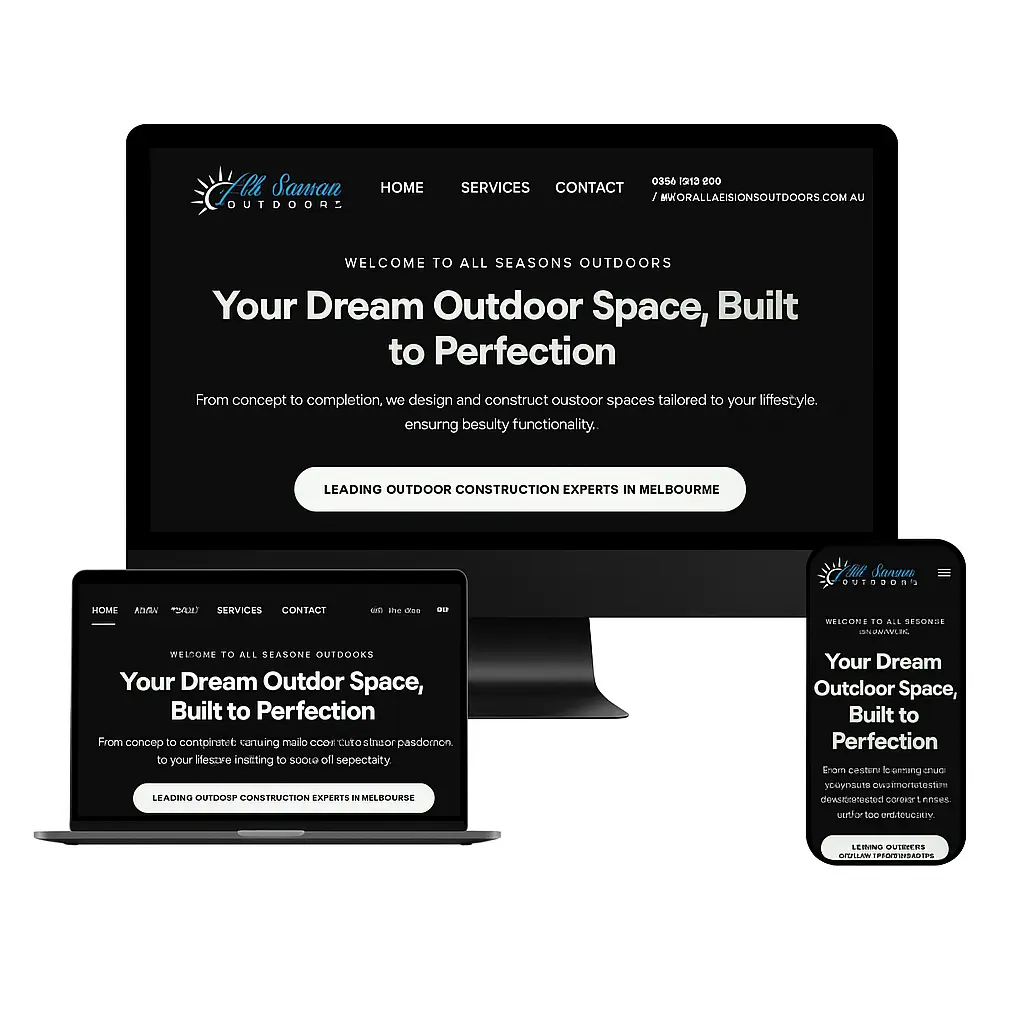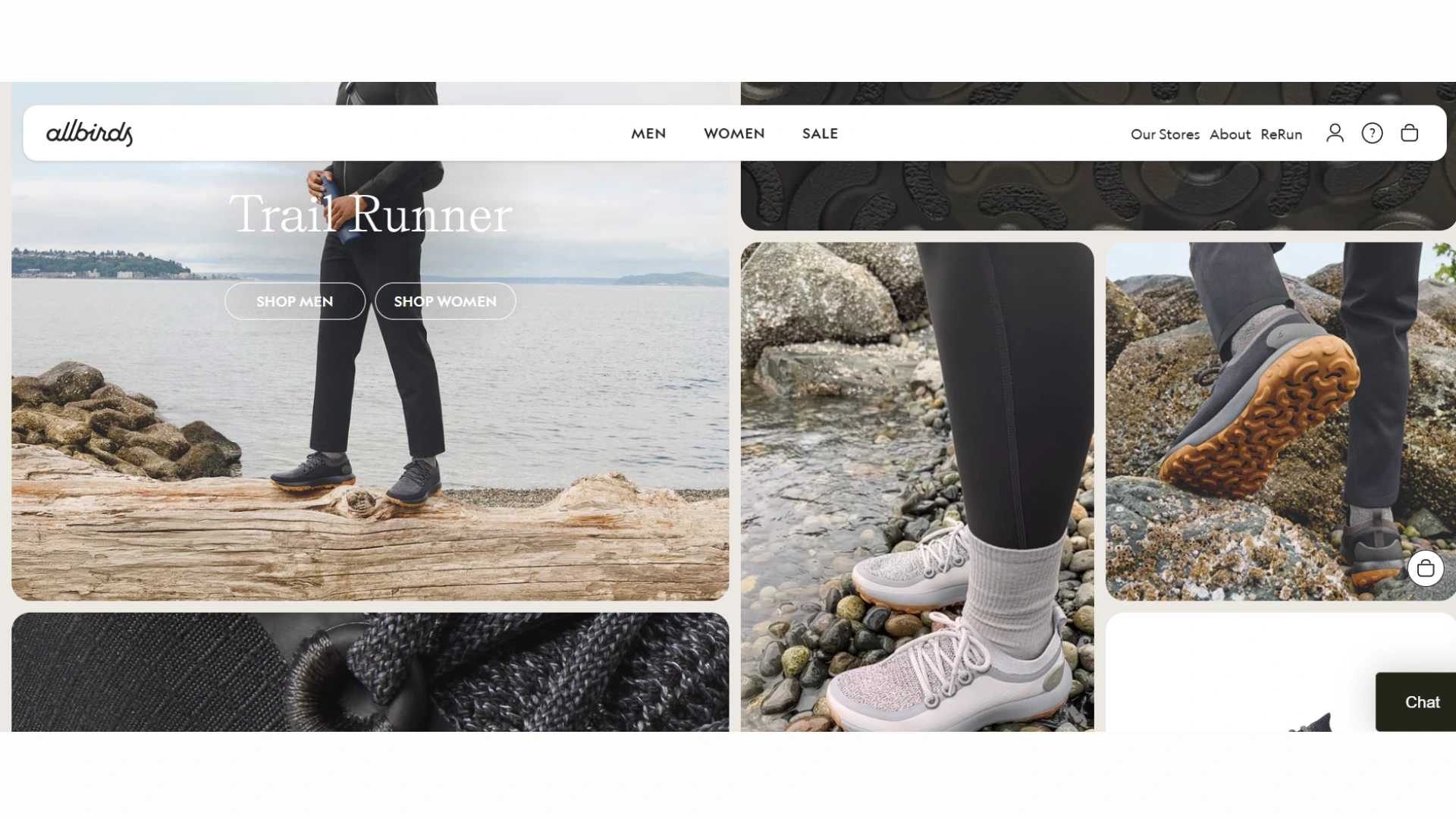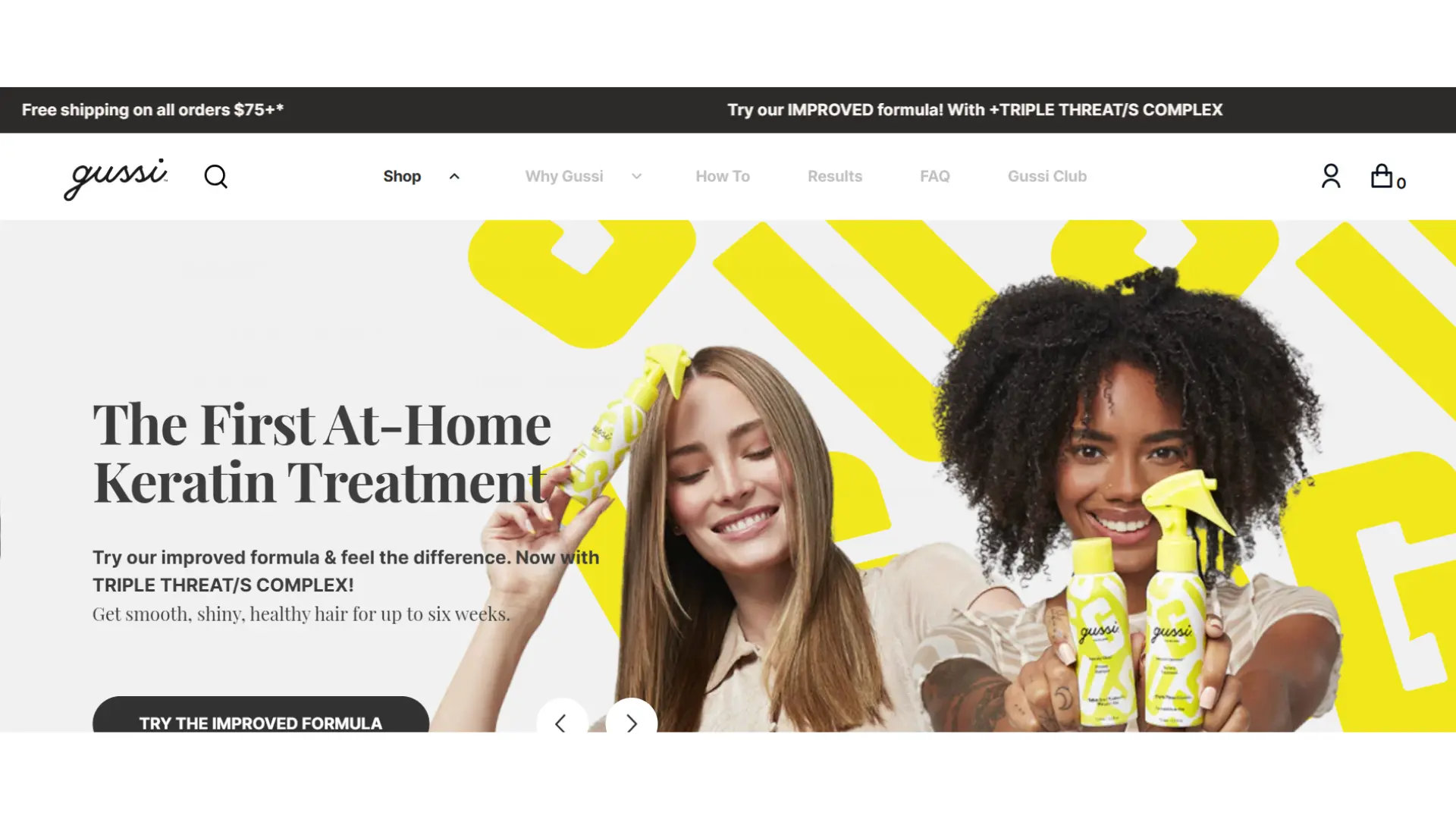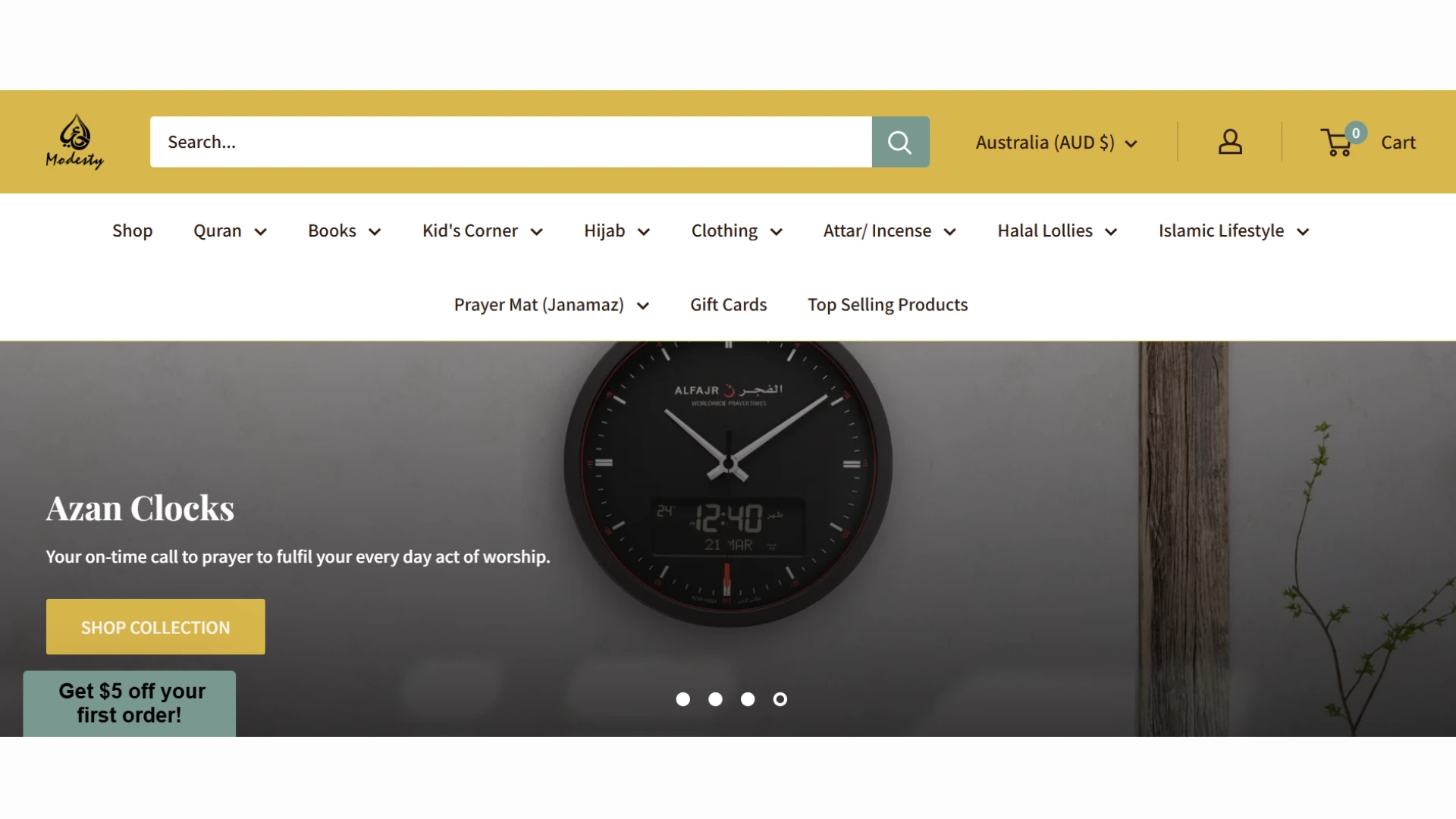
Challenges
The client’s previous website lacked the flexibility and performance required to support rapid content publishing and marketing automation. Frequent plugin conflicts and theme limitations made it difficult to scale or introduce new features. The site was not fully optimised for Core Web Vitals, impacting SEO and user experience. Additionally, there were accessibility issues that excluded mobile and visually impaired users, and the blog structure was outdated—limiting organic growth.
Inflexible theme structure restricting feature expansion
Frequent plugin conflicts causing downtime and bugs
Poor Core Web Vitals scores hurting SEO performance
Limited accessibility compliance, especially on mobile
Outdated blog system reducing visibility and engagement
Lack of marketing tool integration (e.g. CRM, email, analytics)
Your company page is the first impression of your brand. Design it with clarity, trust, and a strong visual identity to leave a lasting impact.
John Marks
Solutions
To resolve these issues, we rebuilt the site on a modular WordPress framework with clean, scalable code and full compatibility with modern tools. We implemented an accessibility-ready design, optimised for Core Web Vitals, and rebuilt the blog structure to support content marketing and SEO. Plugin use was streamlined to ensure stability, and we integrated marketing tools like CRM, analytics, and email automation for seamless performance tracking and engagement.
Developed a modular, future-proof WordPress theme with flexible page templates
Improved Core Web Vitals by optimising images, scripts, and server response
Designed for accessibility (WCAG-friendly) with mobile-first responsiveness
Restructured the blog with category mapping, internal links, and SEO schema
Replaced unstable plugins with lightweight, performance-optimised alternatives
Integrated CRM, Google Tag Manager, and email tools for better marketing workflows
Result
The new WordPress site achieved a 52% improvement in load speed and passed all Core Web Vitals, boosting SEO performance. Mobile traffic rose by 46% thanks to a fully responsive, accessible design. Blog traffic increased 2.5x with the updated content structure. Plugin conflicts were eliminated, improving overall stability. Marketing tool integration also led to a 34% boost in lead capture efficiency.

Enhanced Customer Experience & Brand Loyalty
By combining fast performance, mobile optimisation, and backend simplicity, the new WordPress site delivers a seamless user experience. Visitors now enjoy quicker load times, consistent branding, and intuitive navigation—leading to higher engagement, more return visits, and stronger brand trust.
Our Technology Experts Are Change Catalysts
Book A Free Consultation Call With Our Experts Today

Frequently asked questions
Here are some of the most common questions we hear day to day.
-
What were the main goals of the WordPress development project?
To improve site speed, mobile usability, SEO performance, and provide a flexible backend for easy content management.
-
Was the new site built to be scalable for future updates?
Yes, we used a modular theme and clean code structure, making it easy to add new features or pages without redevelopment.
-
Is the new WordPress site easy for the team to manage?
Absolutely. We implemented a user-friendly visual editor and streamlined dashboard, so no technical skills are required to update content.
-
How was mobile performance improved?
We used a mobile-first design strategy, optimised images and scripts, and ensured full responsiveness across all devices.
-
Did the development include SEO enhancements?
Yes, we structured the site with SEO best practices—optimised headings, meta tags, schema markup, and improved Core Web Vitals.
-
Were any marketing tools or third-party integrations added?
Yes, we integrated tools like Google Analytics, Tag Manager, email marketing, and CRM platforms to support growth and tracking.













